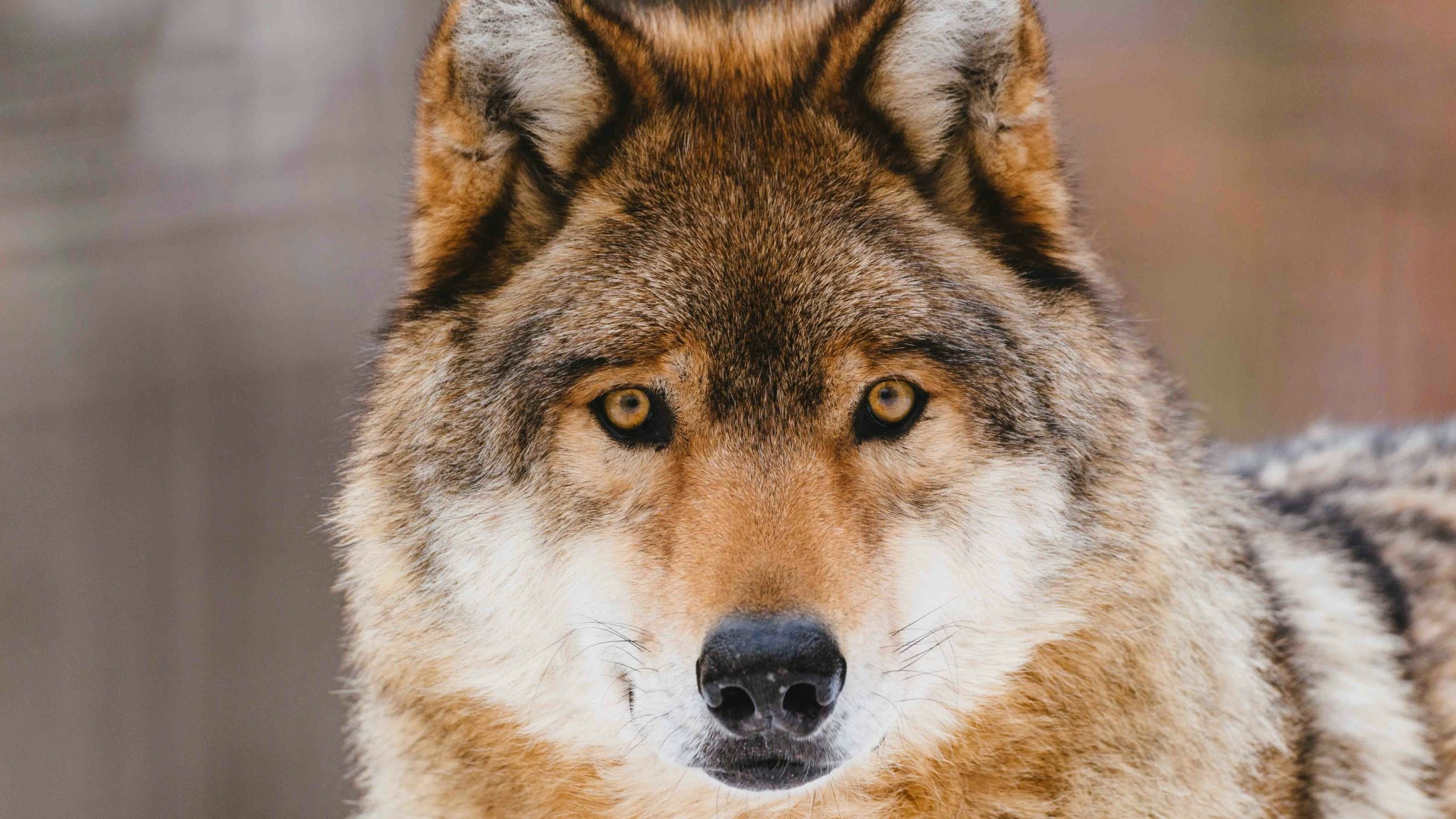By Cat Urbigkit, Range Writing columnist for Cowboy State Daily
Wolf advocates are celebrating the 25-year anniversary of transplanting wolves into Yellowstone National Park and Central Idaho, at the same time the campaign heats up for the ballot-box measure to conduct a similar transplant program on Colorado’s western slope.
It’s my view that to support such efforts requires either a blissful or willful ignorance of the Endangered Species Act and the science underlying its application.
I’ve long been a fan of the Endangered Species Act’s (ESA) purpose to provide programs for the conservation of imperiled species, just as I am also a critic of efforts that leave species under federal protection long after the biological justification for doing so has ended.
The ESA isn’t meant to be a popularity contest for charismatic species; science is to be the driving factor for conservation of truly imperiled species. The act defines species to include “any subspecies of fish or wildlife or plants, and any distinct population segment of any species of vertebrate fish or wildlife which interbreeds when mature.”
It’s with the act’s noble goals in mind that I became fascinated with the distinction of unique ecological units, and how such units are defined and managed. We find these distinct ecological units in populations here in Wyoming, from the Kendall Warm Springs Dace (a fish), to the Big Piney Milkvetch (a beautiful high-elevation cushion plant).
But in terms of defining unique ecological units, definitions exist in two worlds – one in science, the other in policy. When it came to the wolf reintroduction program for Yellowstone, the U.S. Fish & Wildlife Service brazenly proclaimed “a wolf is a wolf” in selecting wolves from northern Canada to be placed in Yellowstone park.
The Canadian wolves came from packs located some 550-750 miles north of Yellowstone, and from a different subspecies of wolf than was native to the Yellowstone region. The National Park Service (the same agency now aerial gunning mountain goats in Grand Teton National Park because they are non-native) fully supported the move.
Wolf managers purposefully ignored the biological implications involved in selecting Canadian wolves. Since wolf reintroduction is now 25 years behind us, why should we care now? Because what comes next may have huge impacts.
There is no doubt that Mexican wolf, a subspecies of the gray wolf, is a distinct ecological unit. It primarily inhabits Mexico, but our nation’s recovery program is focused in Arizona and New Mexico.
Should voters force the release of northern gray wolves into Colorado, those transplanted wolves could pose a threat to the survival of the truly endangered Mexican wolves found to the south.

It’s a concern that scientists have written about long before the ballot measure became an issue: “Interbreeding of Northwestern wolves from Canadian sources and Mexican wolves does not represent the historical cline of body size and genetic diversity in the Southwest.
If Northwestern wolves come to occupy Mexican wolf recovery areas, these physically larger wolves are likely to dominate smaller Mexican wolves and quickly occupy breeding positions, as will their hybrid offspring. Hybrid population(s) thus derived will not contribute towards recovery because they will significantly threaten integrity of the listed entity.”
So if you are an animal advocate concerned about upholding the integrity of the ESA and actually conserving critically threatened species, you won’t be supporting the transplantation of northern wolves within such close range to Mexican wolves.
While I doubt that we will ever recover Mexican wolves in Arizona and New Mexico (Mexico provides its habitat stronghold and that is where hope resides), I have no doubt that transplantation of a more abundant and widespread northern gray wolf type into Colorado will hasten the decline of the Mexican wolf population in America.
The Northern Rockies wolf reintroduction program has become so “successful” that the transplanted wolf population has expanded to other states in the northwest, including Washington and Oregon.
Wolf expansion into Washington has become complex in that the wolf population in Washington is now composed of a combination of two specific wolf ecotypes: the coastal rainforest wolf (from coastal British Columbia and southeastern Alaska), which is declining in numbers; and the more abundant Northern Rocky Mountain (interior forest) wolves resulting from the Yellowstone reintroduction program.
The coastal wolves (sometimes called the Pacific Northwest wolves, or Alexander Archipelago wolves) are known for behavioral, morphological, and genetic differences that separate them from inland wolves. The wolves have gained fame for their reliance on salmon as a primary food source.
To further complicate the plight of distinct wolf populations like that of the Mexican wolf are red wolves – a distinct wolf species more commonly known from the failing recovery program in North Carolina, but originating in Louisiana and Texas.
While red wolves were declared functionally extinct in the wild, there have been recent discoveries of red wolves surviving in wild enclaves in both Texas and Louisiana in the last few years – survivors of remnant populations.
As the researchers note, “rediscovery of red wolf ancestry after almost 40 years introduces both positive opportunities for additional conservation action and difficult policy challenges.” But we can’t even discuss those policy challenges while wolf advocates continue with the cavalier “a wolf is a wolf” policy in public discussions.
It is possible to support wolf conservation by opposing transplants of wolves without a full understanding of the complexities involved. To learn more about the intricacies of wolf subspecies and hybridization, don’t look to propaganda presented by advocates, but check out the work of the National Academies of Science Wolf Taxonomy Committee.
Cat Urbigkit is an author and rancher who lives on the range in Sublette County, Wyoming. Her column, Range Writing, appears weekly in Cowboy State Daily. To request reprint permission or syndication of this column, email rangewritesyndicate@icloud.com.





